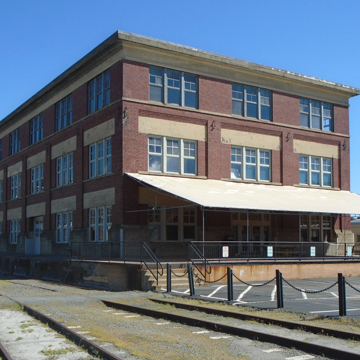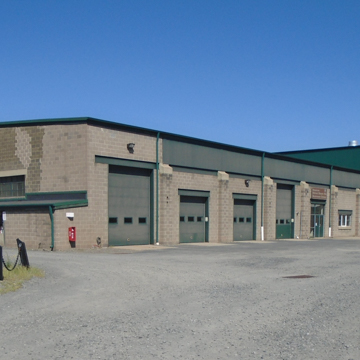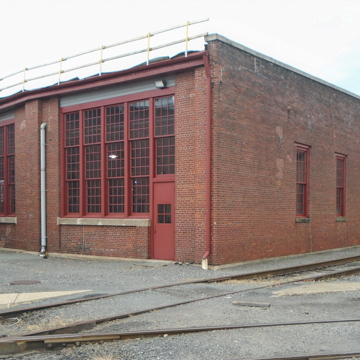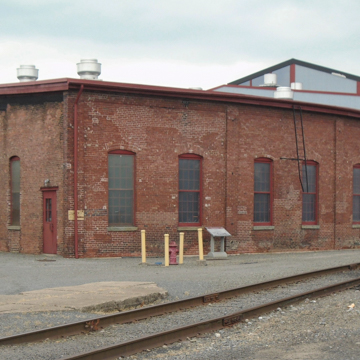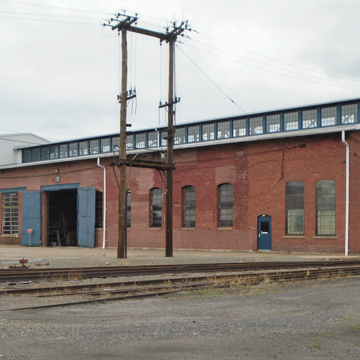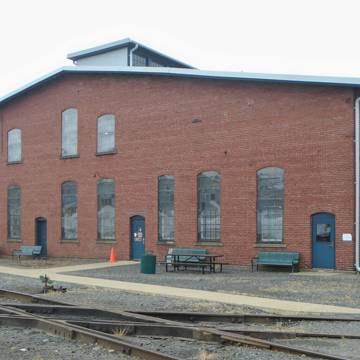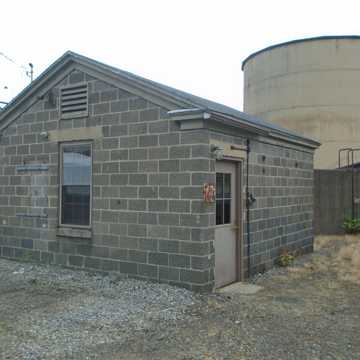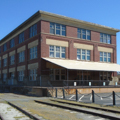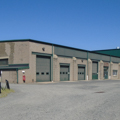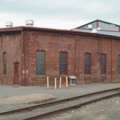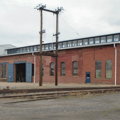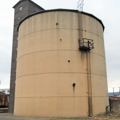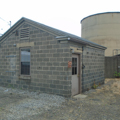You are here
Steamtown National Historic Site
The former Delaware, Lackawanna and Western Railroad shops are typical of twentieth-century steam-era facilities used for the handling of coal, freight, passenger traffic, and the service and repair of locomotives. The site is now the home of the Steamtown National Historic Site, with its collection of American and Canadian rolling stock, and is operated by the National Park Service as a working museum of the steam railroad era.
Writing Credits
If SAH Archipedia has been useful to you, please consider supporting it.
SAH Archipedia tells the story of the United States through its buildings, landscapes, and cities. This freely available resource empowers the public with authoritative knowledge that deepens their understanding and appreciation of the built environment. But the Society of Architectural Historians, which created SAH Archipedia with University of Virginia Press, needs your support to maintain the high-caliber research, writing, photography, cartography, editing, design, and programming that make SAH Archipedia a trusted online resource available to all who value the history of place, heritage tourism, and learning.















